No products in the cart.
Two Handed Gothic sword (1332)
Late 15th century – German. Original found in the Landesmuseum, Zurich.
Type XVIIIa.
The Two Handed Gothic battle ready Sword, is our staff’s top pick. Not only for its elegance and simplicity, but its superb handling characteristics. This medieval sword is light, superbly responsive and very well balanced.
Authentically crafted from the original at the Landesmuseum (Museum in Zurich), the Two Handed Gothic Sword is a testament to the superb skills and craftsmanship of the later part of the middle ages. Elegant, resilient and reliable, the two handed gothic sword is a heirloom-quality medieval sword for the ages. Skillfully engineered and individually crafted, the two handed medieval sword will surprise even the most discriminating collector.
 Blade: 5160 High Carbon Steel.
Blade: 5160 High Carbon Steel.
Total length: 52″
Blade length: 39″
Blade width at base: 2″
Weight: 3 lbs. 5 oz.
Grip Length: 9 1/4″
POB: 6″
USD640.00 – USD770.00
SKU: N/A Categories: Longsword, Medieval Swords, Two Handed Sword
Late 15th century – German. Original found in the Landesmuseum, Zurich.
Type XVIIIa.
From the 14th C. onward, the sword began to be used not just as a battlefield weapon, but as a civilian weapon as well. Starting in Germany and then Italy, sword masters such as Johannes Liechtenauer (late 14thc) and Fiore dei Liberi (c.1340-1420) trained students in the use of the sword, not on the battlefield but in the judicial duel against unarmored and armored opponents. With the type XVIII and its sub-types,. We see the development of a true cut-and-thrust sword and one of the most successful sword types in Europe. In a period where art, status and functionality was of prime importance, the XVIIIb Gothic sword was a coveted weapon of war and social status.
Rarely in art do we find simplicity and elegance as a single defining character of a piece. This is precisely what imbues the Gothic sword with its inherent beauty. Its deep graceful lines reflecting the artistic revival and Gothic architectural patterns of the day. The Gothic sword, inspired from the original formerly displayed at the Landesmuseum in Zurich (national museum ), was a long sword used by the elite aristocracy during the peek of full plated Armour.
As a response to the increasingly protective plate armor of the time, the type XVIII b two handed longsword became the most essential part of the medieval Knight’s arsenal. The stiff diamond shaped hollow ground needle tip blade was not only capable of powerful cuts, but offered exceptional advantages with their keen ability to pierce through the ever developing plate armor. With its diamond shaped hollow ground cross-sectional blade, the Gothic sword is representative of the changing role of the sword on the battle battlefield.
Effective thrusting, it also retained a large measure of its earlier ancestor’s cutting ability.
The simple, yet elegant simplistic geometry of the sword reflects the Gothic artistic revival that not only inspired blade smiths and 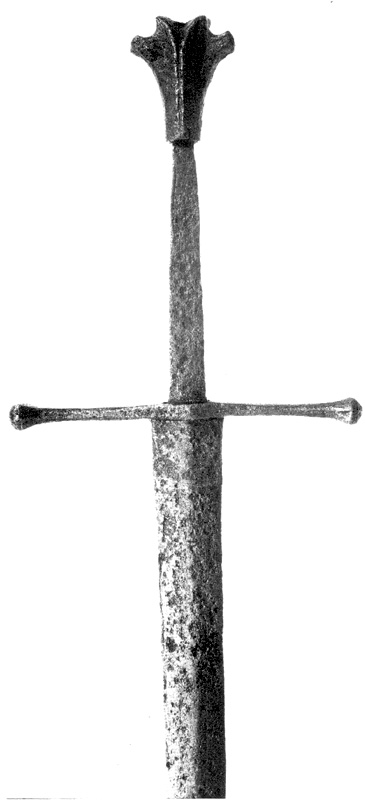 armorers but also architects and painters of the period. The deeply hollow ground blade and clean hexagonal guard and fishtail pommel reflect this artistic revival. Swords during this period were not only exceptionally engineered to precisely perform their primary function, but also reflected the artistic patterns and influences from the gothic architectural structures of the time. Typically, the pommels on the two handed swords of this period tended to be flaring or fluted in shape, and less pronounced then their earlier rounded or globular pommels. More artistic flare was given to each part of the sword, while preserving important functional characteristics of the hilt. Hence, the Two Handed medieval type XVIIIb longswords were not merely weapons of war, but beautifully crafted artistic pieces in their own right.
armorers but also architects and painters of the period. The deeply hollow ground blade and clean hexagonal guard and fishtail pommel reflect this artistic revival. Swords during this period were not only exceptionally engineered to precisely perform their primary function, but also reflected the artistic patterns and influences from the gothic architectural structures of the time. Typically, the pommels on the two handed swords of this period tended to be flaring or fluted in shape, and less pronounced then their earlier rounded or globular pommels. More artistic flare was given to each part of the sword, while preserving important functional characteristics of the hilt. Hence, the Two Handed medieval type XVIIIb longswords were not merely weapons of war, but beautifully crafted artistic pieces in their own right.
Hence, when making the Gothic long sword our vision was to create a medieval sword worthy of the nobility of the 15th century. We set to design the sword with refined clean lines, prevalent in the architecture and art of the 15th and 16th centuries, while preserving the historical character of the guard and fishtail pommel. While great importance was bequeathed to the elegance and the symmetry of the fittings, considerable attention was set on the blade’s performance, flex and balance. These elements easily made the Gothic sword one of our staff’s favorite swords. Not only for it’s exceptional handling characteristics but also for it’s elegance and simplicity.
The Gothic long swords, classified as type XVIII b were exclusively used by the elite aristocracy, especially in Germany. Despite their clean and straight forward design, Type XVIII b swords were beyond the reach of the common fighter or hired mercenary. The owner of such a sword would be a man of great wealth such as a knight owning a considerably large land or a baron. Many paintings, wood cuts and other artwork of the 15th and 16th century, such as Albrecht Durer’s “The Knight and the Devil”, illustrate important noble figures with type XVIII b swords by their side.
As Oakeshott remarks in “The Sword in the age of Chivalry”
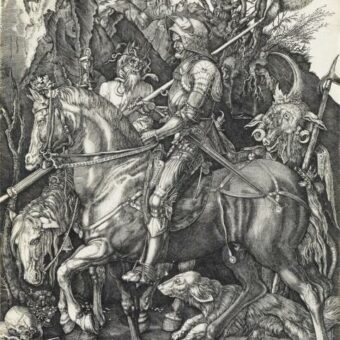 There are many of these swords, particularly in German collections, and many are to be seen in art, particularly German paintings of the period 1450-1520. Durer shows many examples which are well-known. The finest survivor of the type – indeed, perhaps the most lovely sword of any period or place – is in the Bareische National Museum in Munich. Not only has this sword absolute perfection of line and proportion, but its preservation is perfect, and the decoration of grip, pommel and cross is restrained and beautiful, admirably suited to the hilt it adorns.
There are many of these swords, particularly in German collections, and many are to be seen in art, particularly German paintings of the period 1450-1520. Durer shows many examples which are well-known. The finest survivor of the type – indeed, perhaps the most lovely sword of any period or place – is in the Bareische National Museum in Munich. Not only has this sword absolute perfection of line and proportion, but its preservation is perfect, and the decoration of grip, pommel and cross is restrained and beautiful, admirably suited to the hilt it adorns.
The Two Handed Gothic Sword, is our staff’s top pick. Not only for its elegance and simplicity, but its superb handling characteristics. This medieval sword is light, superbly responsive and very well balanced. While being a two handed sword, the Gothic long sword combines the cutting capability of its predecessor while the added benefit of being a devastating thrusting weapon against the heavy plated Armour of the day. While the majority of type XVIII blades were of flat diamond geometry, we designed the Gothic sword, a sub type of XVIII, with a deep hollow ground blade. The blade is stiff and has a four-sided triangle-shape profile, with a diamond cross section
 and acute tip. Valued by the nobility for their resilience, light weight, dexterity and potent thrusting capabilities the two handed long swords were a prized possession among the elite warrior class.
and acute tip. Valued by the nobility for their resilience, light weight, dexterity and potent thrusting capabilities the two handed long swords were a prized possession among the elite warrior class.
Specifically engineered for armored combat, we wanted the Gothic long sword to have superb handling capabilities, an exceptional response and a very good PoB (point of balance). Despite its long blade and size, the Gothic long sword is an
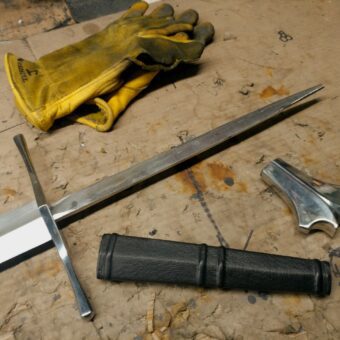
exceptionally easy sword to handle for both experienced and amateur sword enthusiasts.
The sword is a very responsive sword that feels ‘alive’ and light in the hand. Easily wield-able even in novice hands, the Gothic sword’s characteristics make it a medieval weapon of choice for all collectors. The sword is perfectly balance for swift movement and powerful delivery in both cut and thrust.
Authentically crafted from the original at the Landesmuseum (Museum in Zurich), the Two Handed Gothic Sword is a testament to the superb skills and craftsmanship of the later part of the middle ages. Elegant, resilient and reliable, this two handed medieval long sword is a heirloom-quality medieval sword for the ages. Skillfully engineered and individually crafted, the Gothic sword will surprise even the most discriminating collector.
| Package: | Blunt blade & Scabbard : $640.00, Sharpened blade & Scabbard : $675.00, Blunt blade, Scabbard & Interlaced Sword Belt : $735.00, Sharpened blade, Scabbard & Interlaced Sword Belt : $770.00 |
|---|
2 reviews for Two Handed Gothic sword (1332)
Add a review Cancel reply
This site uses Akismet to reduce spam. Learn how your comment data is processed.
Related products
Medieval Swords
Rated 4.50 out of 5
USD535.00 – USD690.00Broadsword
Rated 4.40 out of 5
USD580.00 – USD710.00Fantasy Swords
Rated 5.00 out of 5
USD630.00 – USD790.00Arming Swords
Rated 5.00 out of 5
USD550.00 – USD675.00Medieval Swords
USD515.00 – USD670.00
This product has multiple variants. The options may be chosen on the product page Broadsword
Rated 4.67 out of 5
USD545.00 – USD850.00Fantasy Swords
Rated 4.00 out of 5
USD585.00 – USD715.00Medieval Swords
Rated 4.75 out of 5
USD580.00 – USD885.00Medieval Swords
Rated 5.00 out of 5
USD465.00 – USD495.00Claymore Swords
Rated 5.00 out of 5
USD670.00 – USD830.00Medieval Swords
Rated 5.00 out of 5
USD600.00 – USD760.00Medieval Swords
Rated 5.00 out of 5
USD600.00 – USD875.00


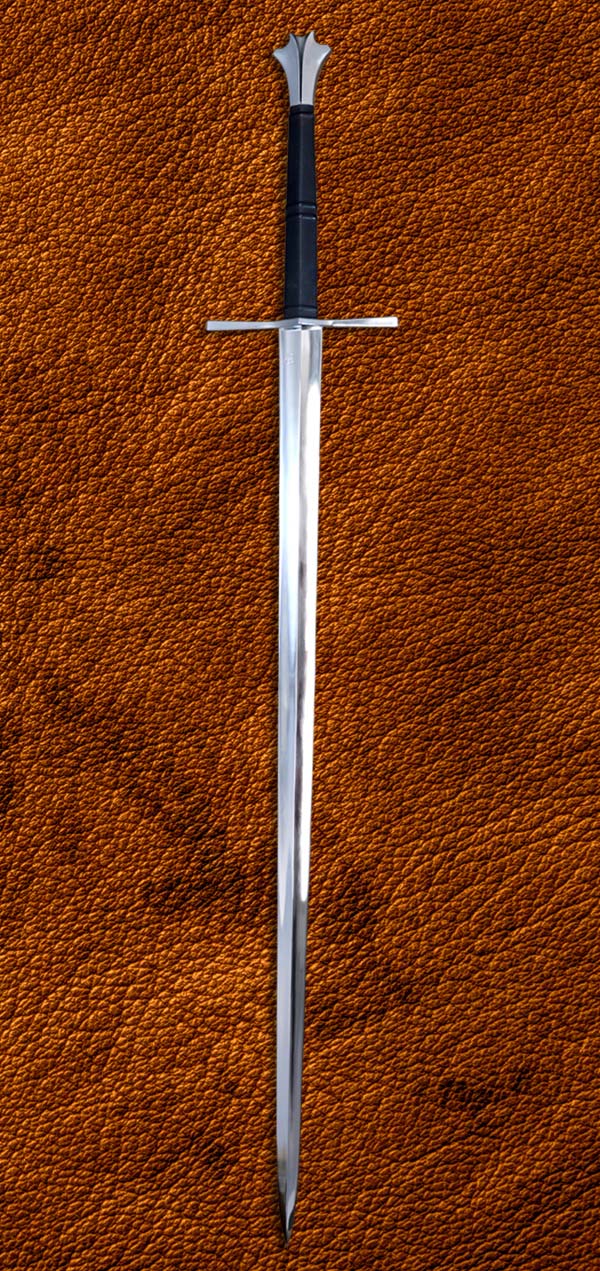
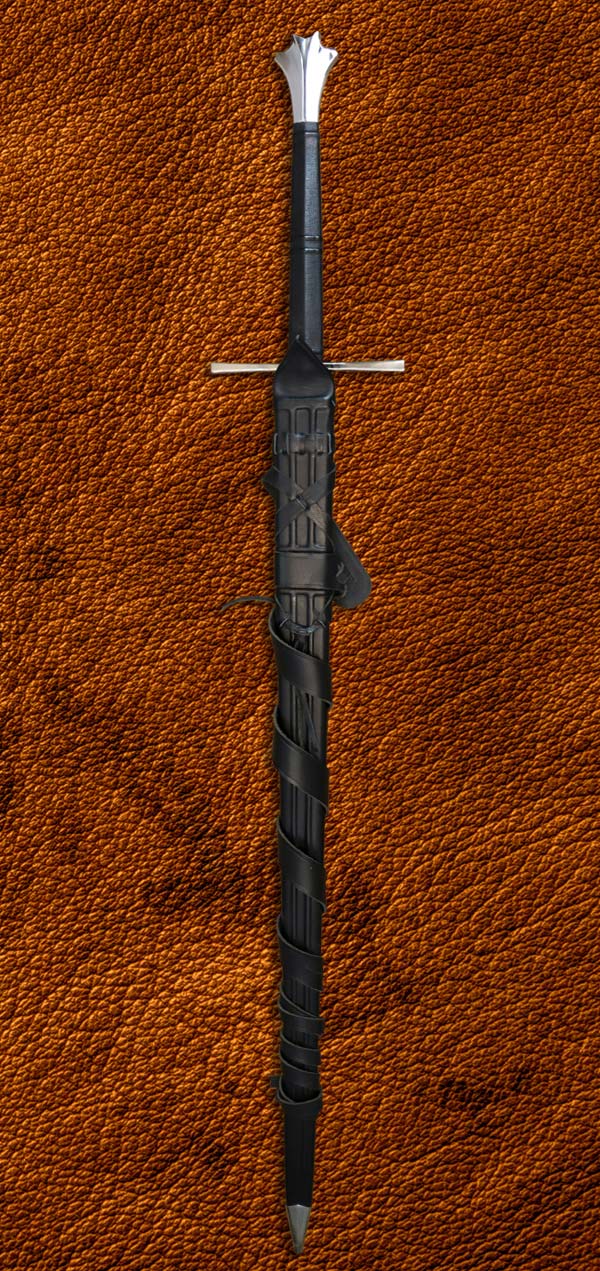
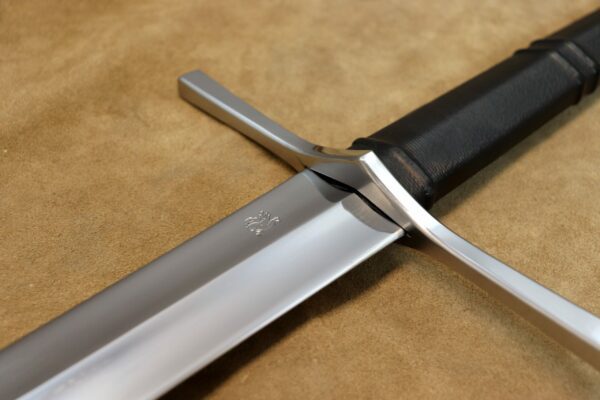
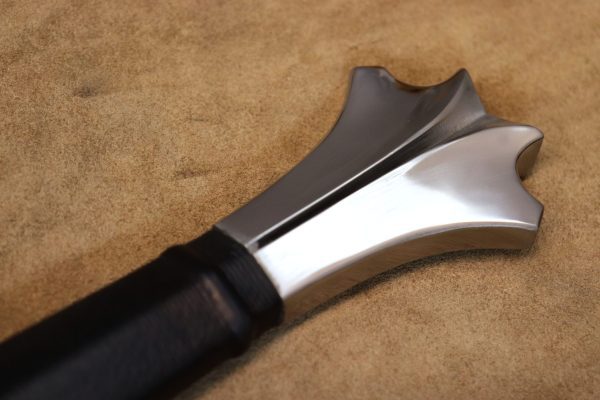
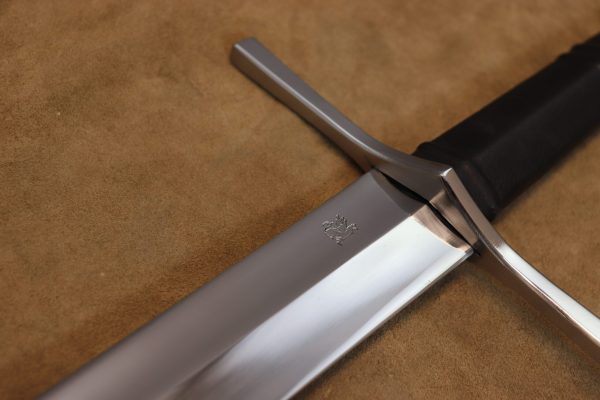
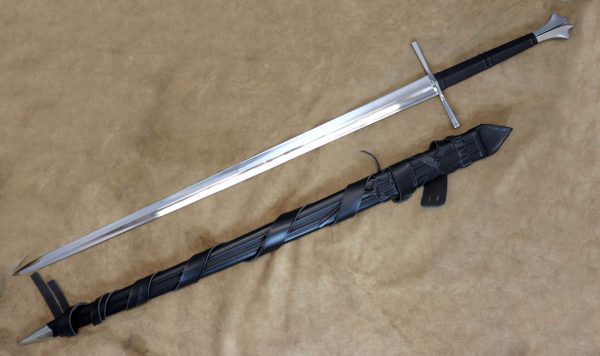
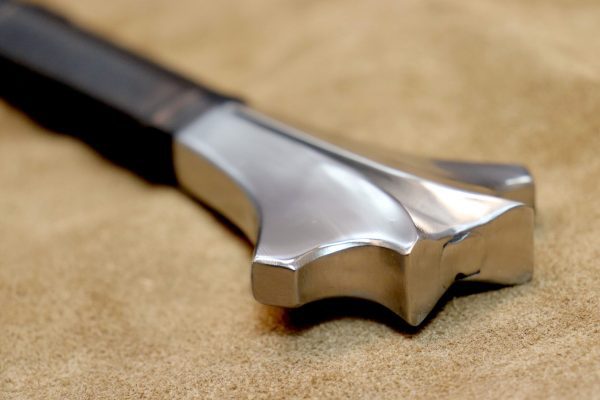
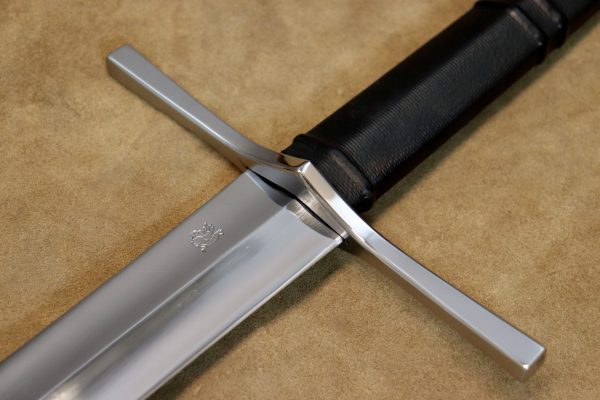

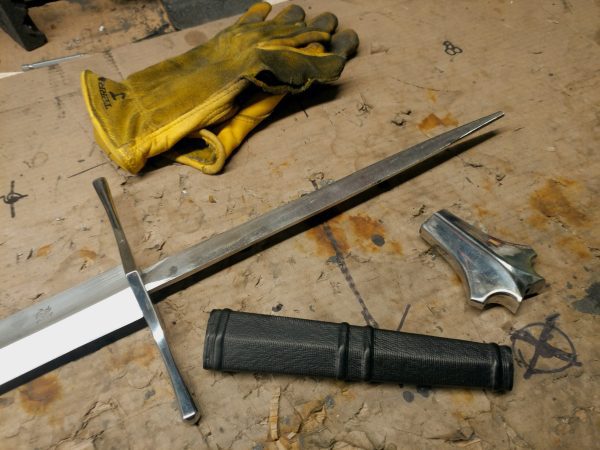

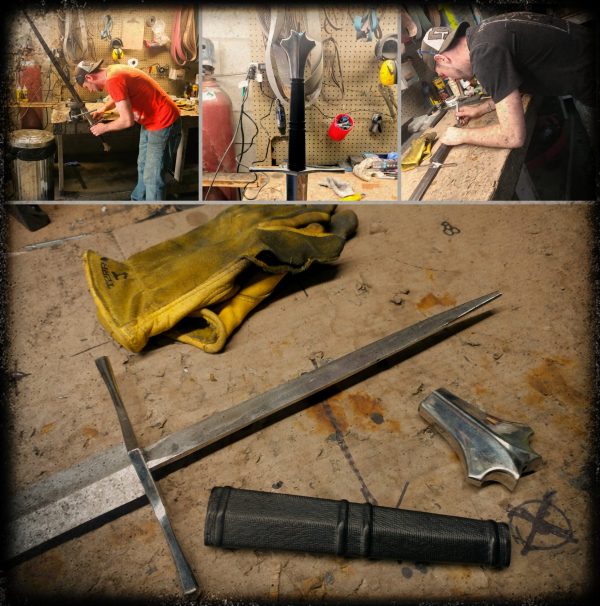
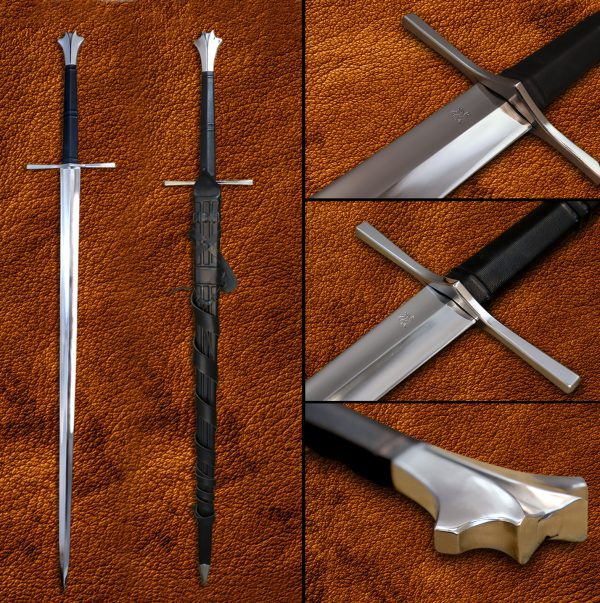
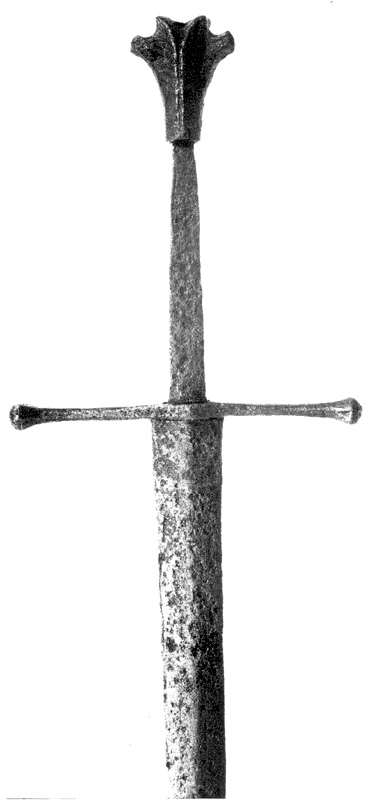


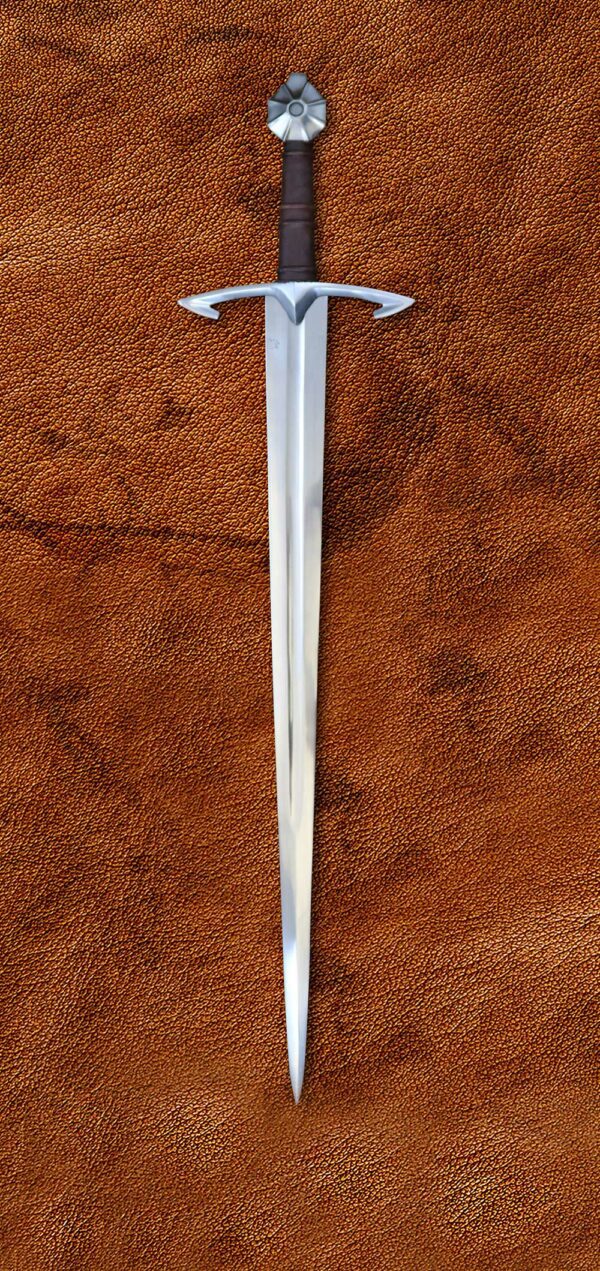
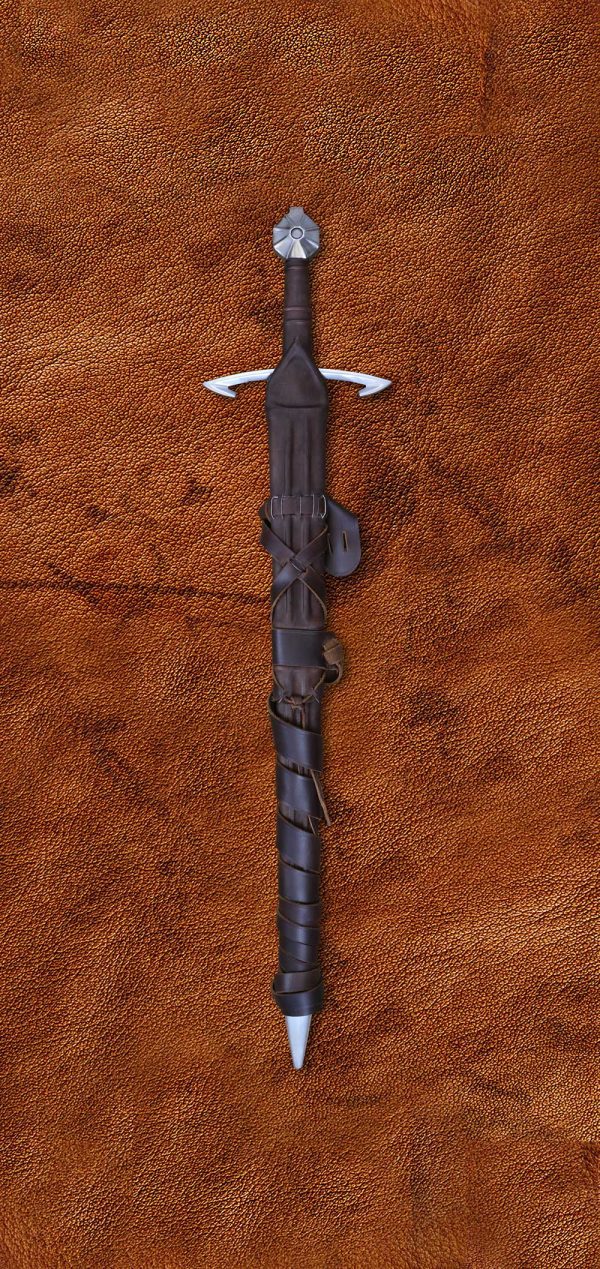
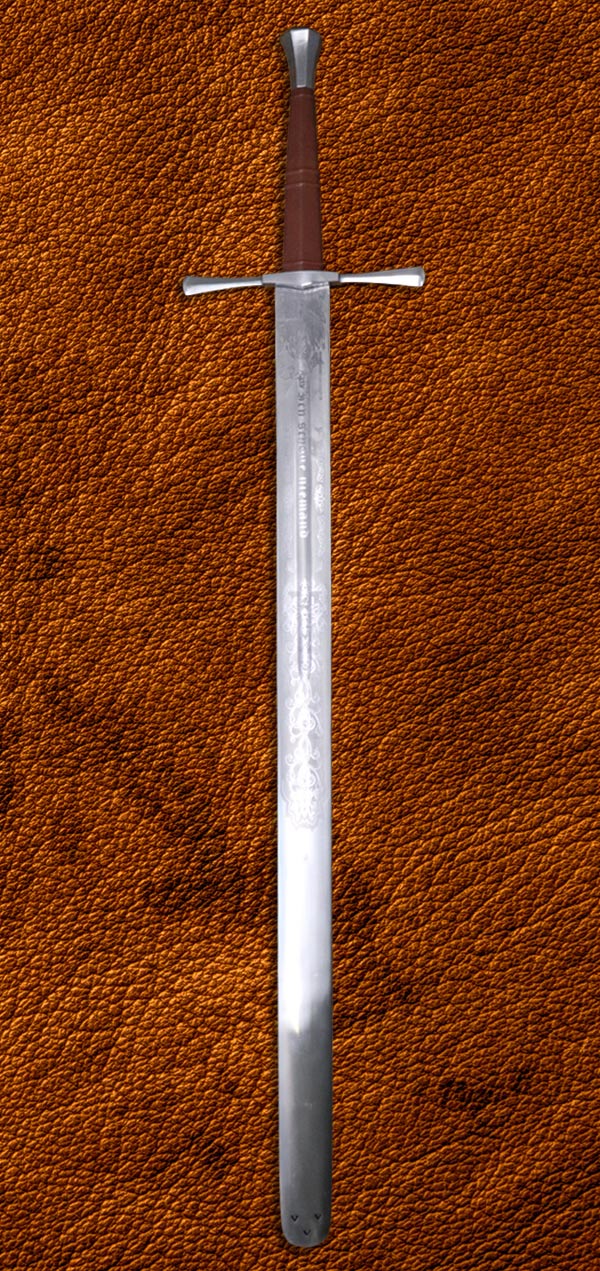
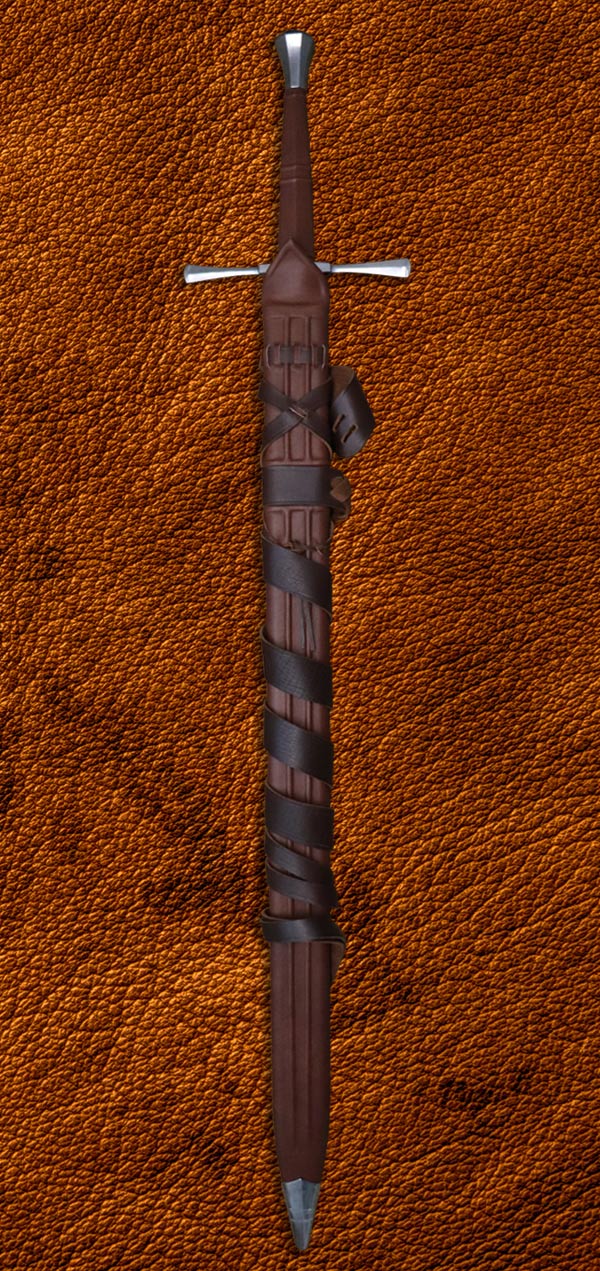
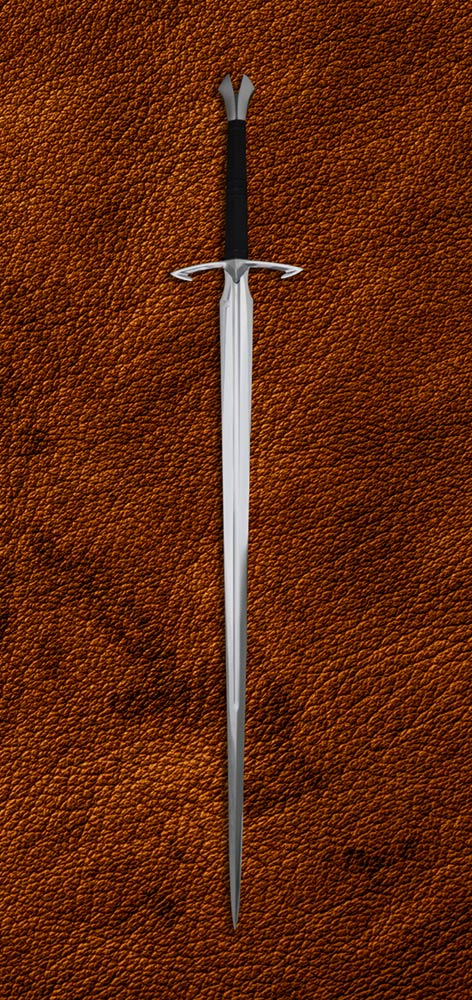
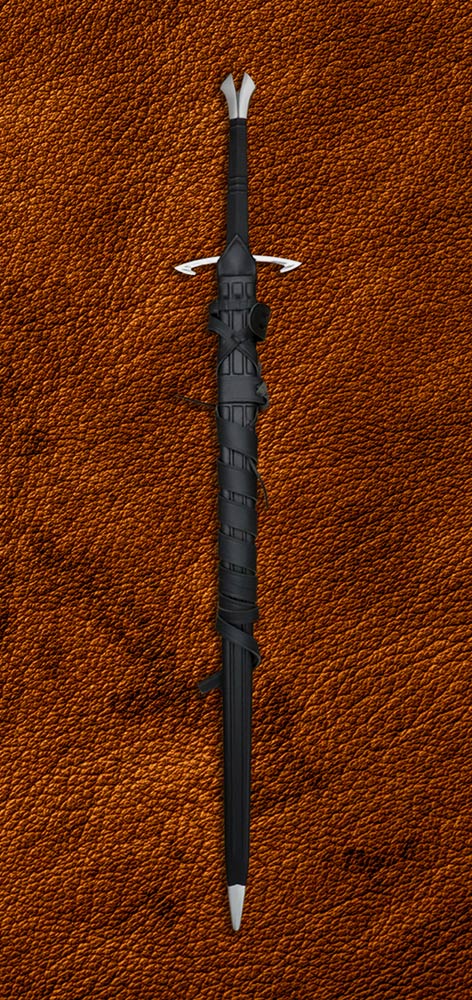
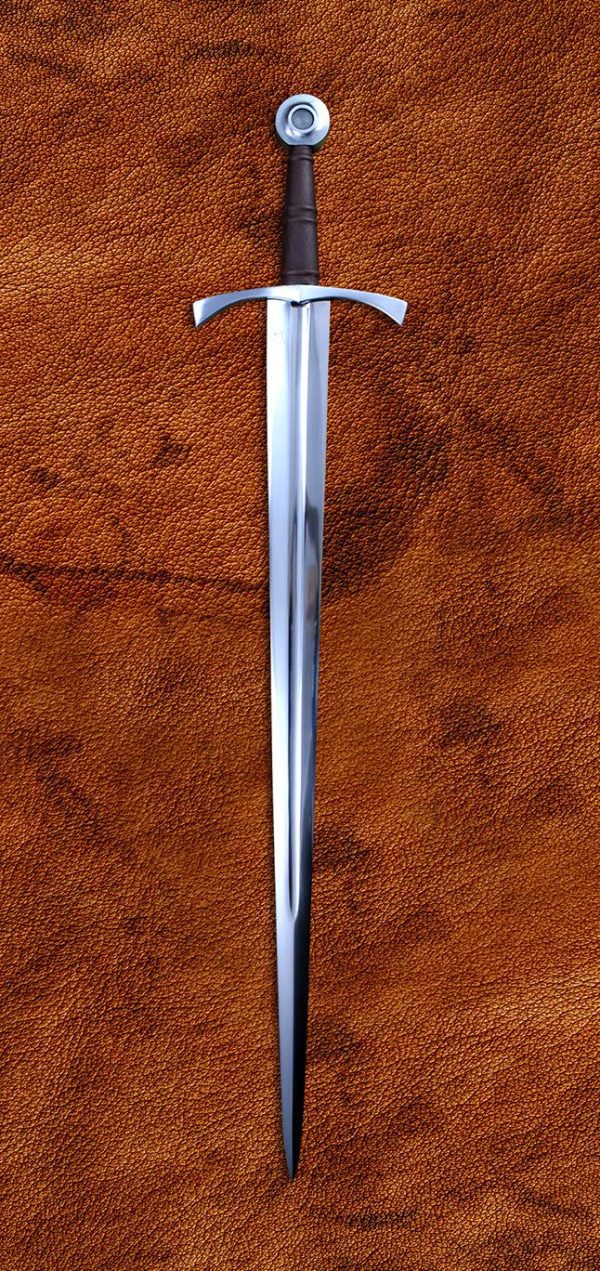
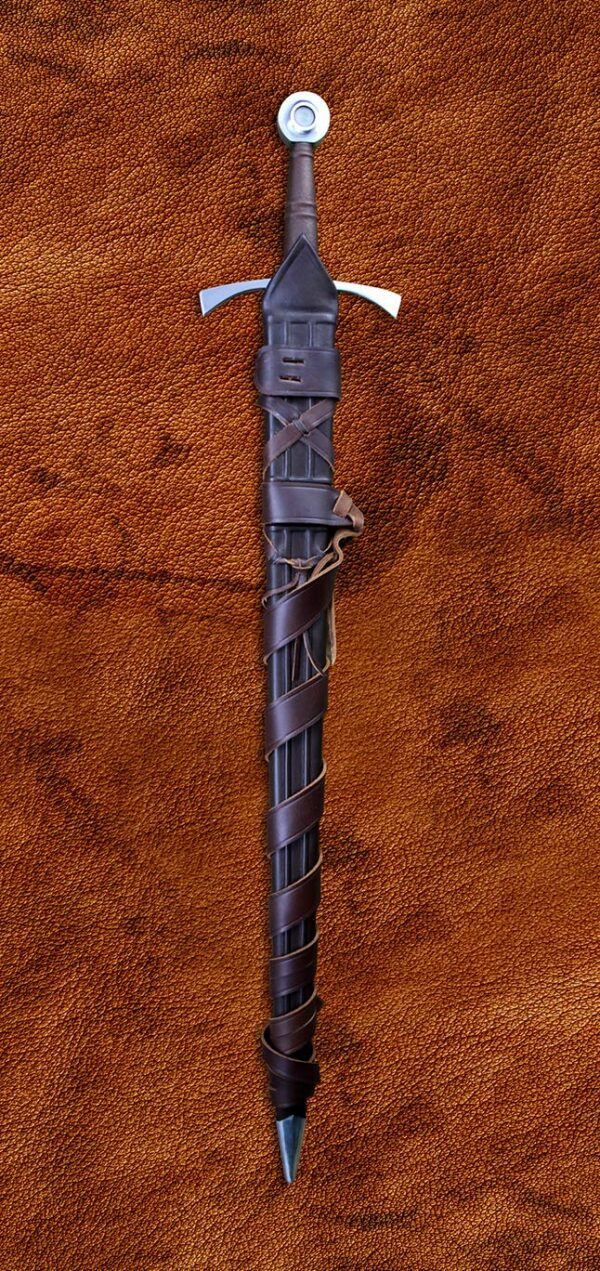
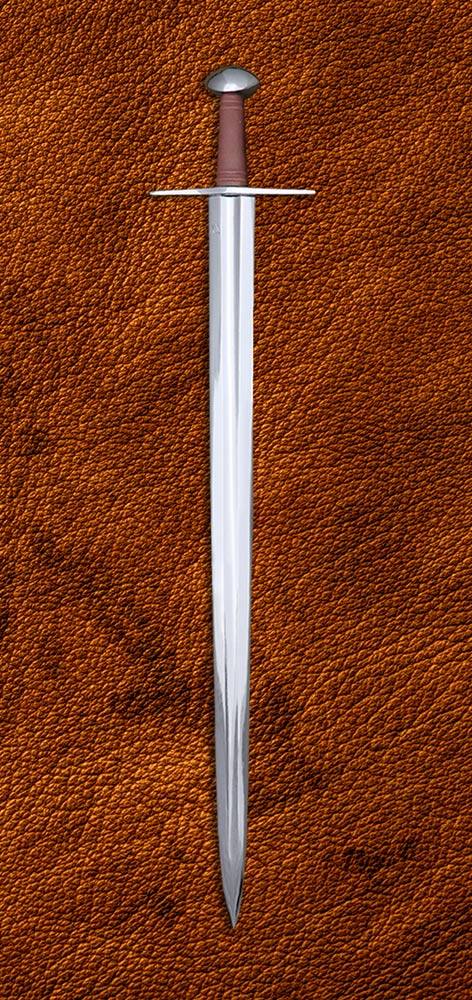
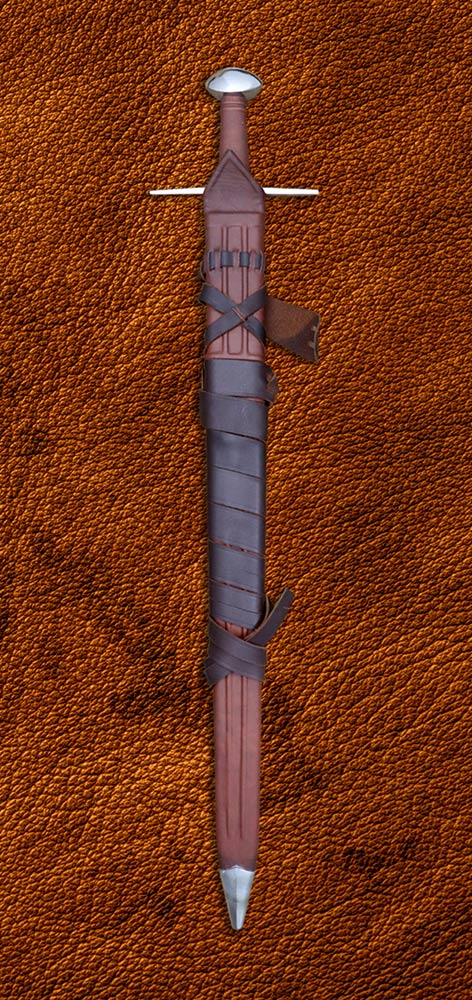
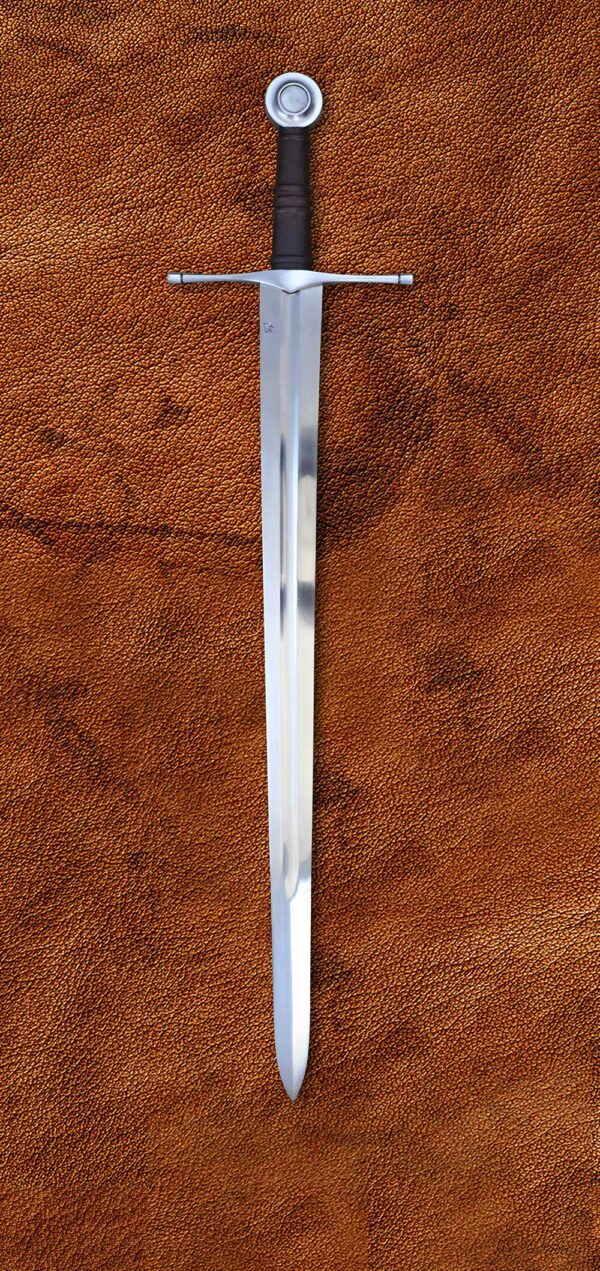
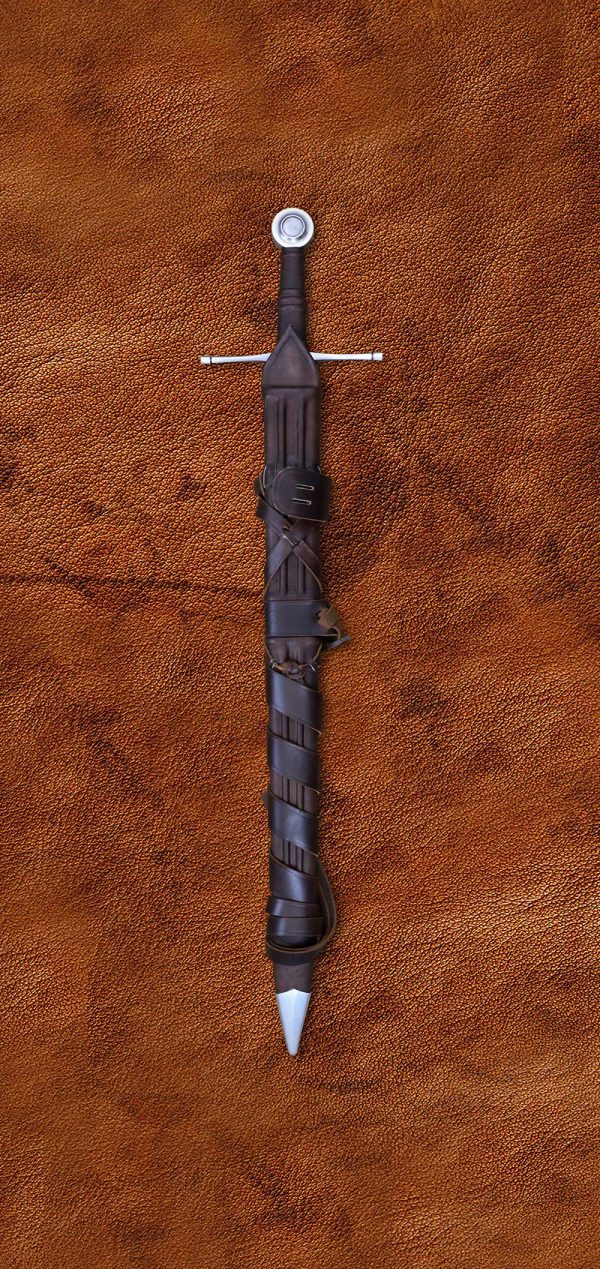
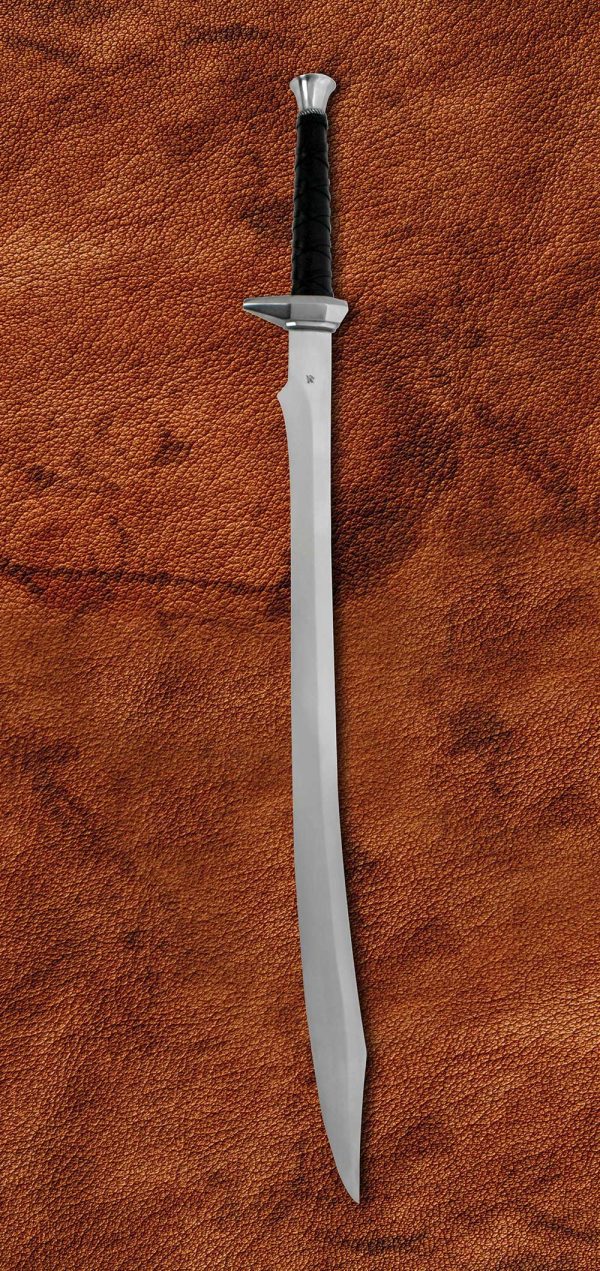
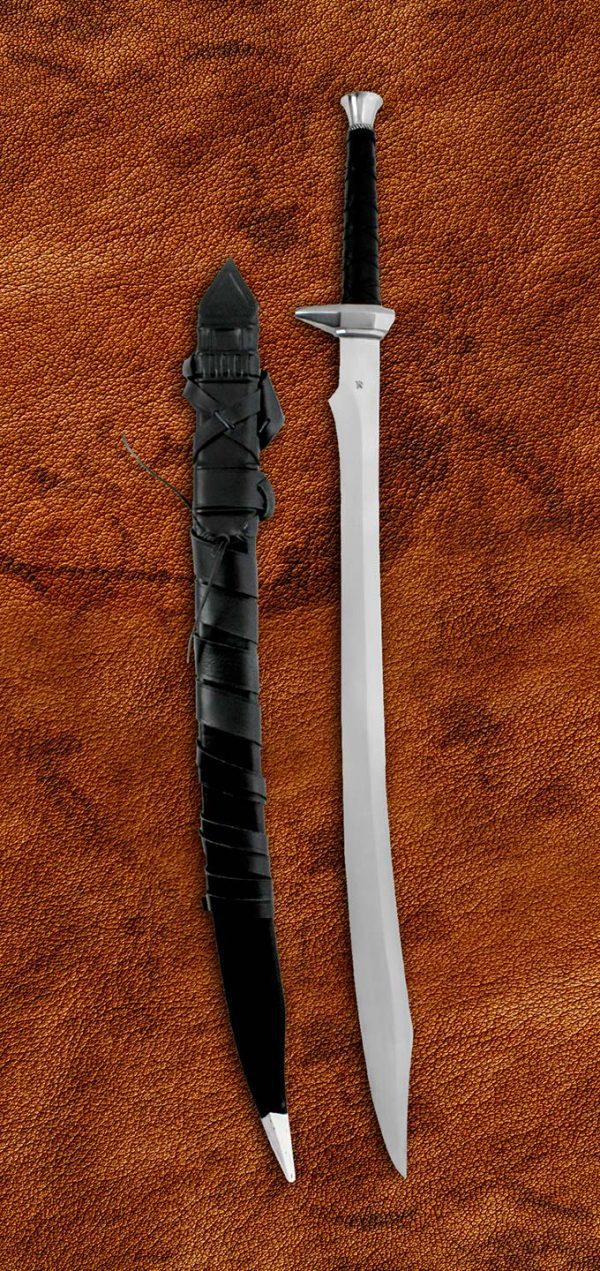
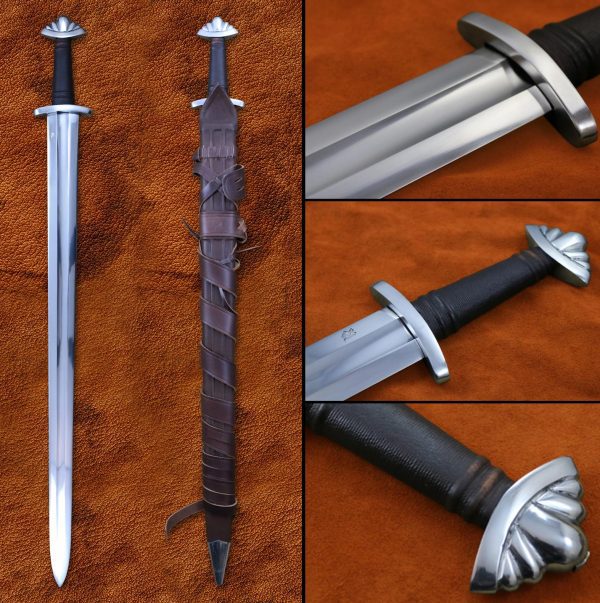
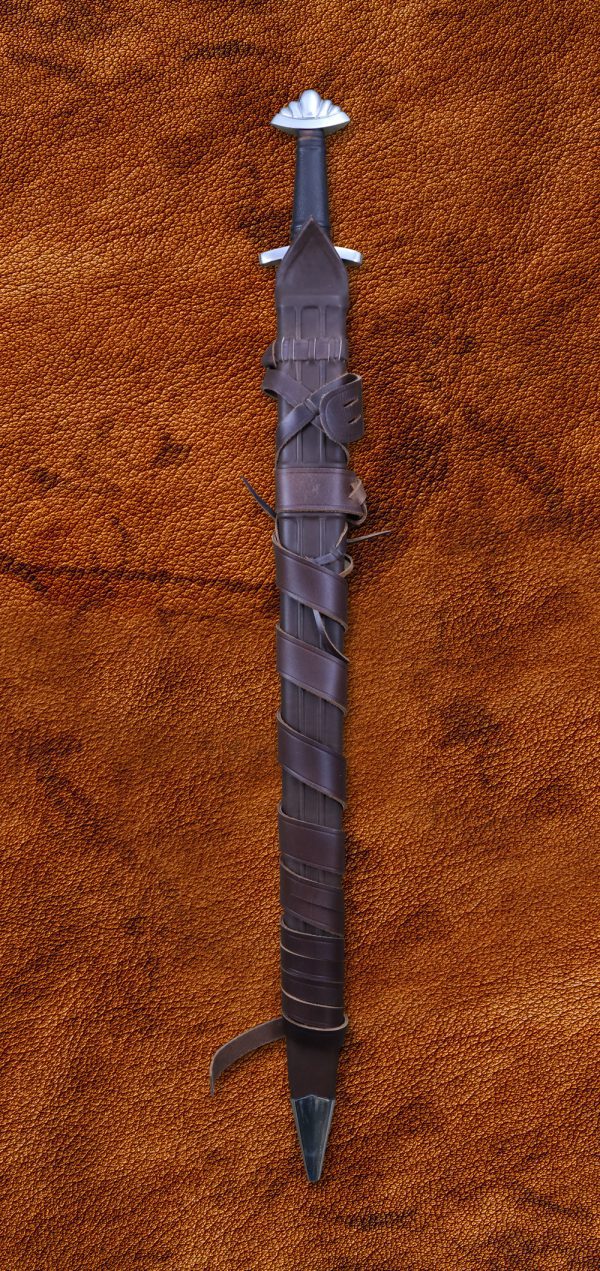
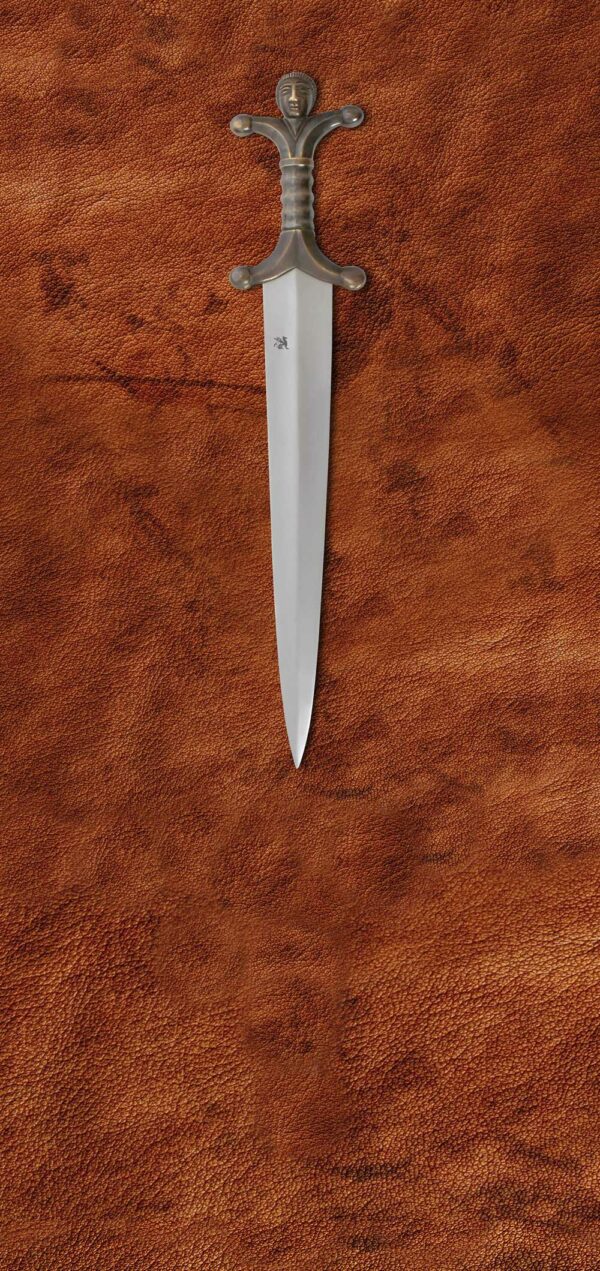
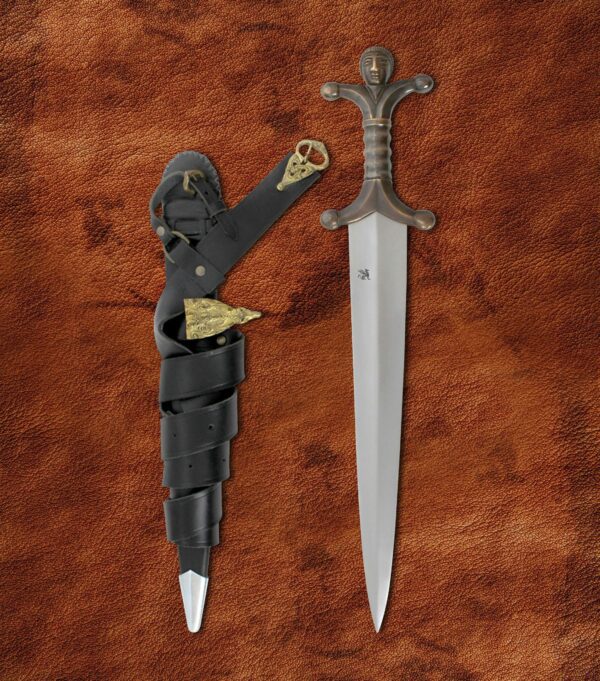
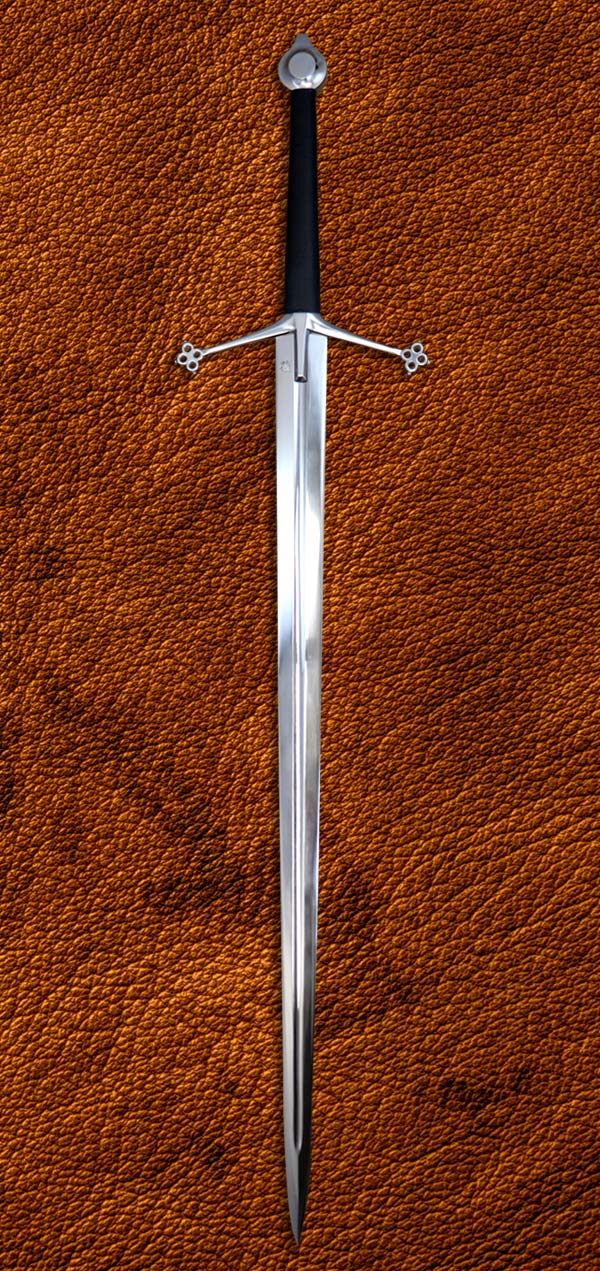
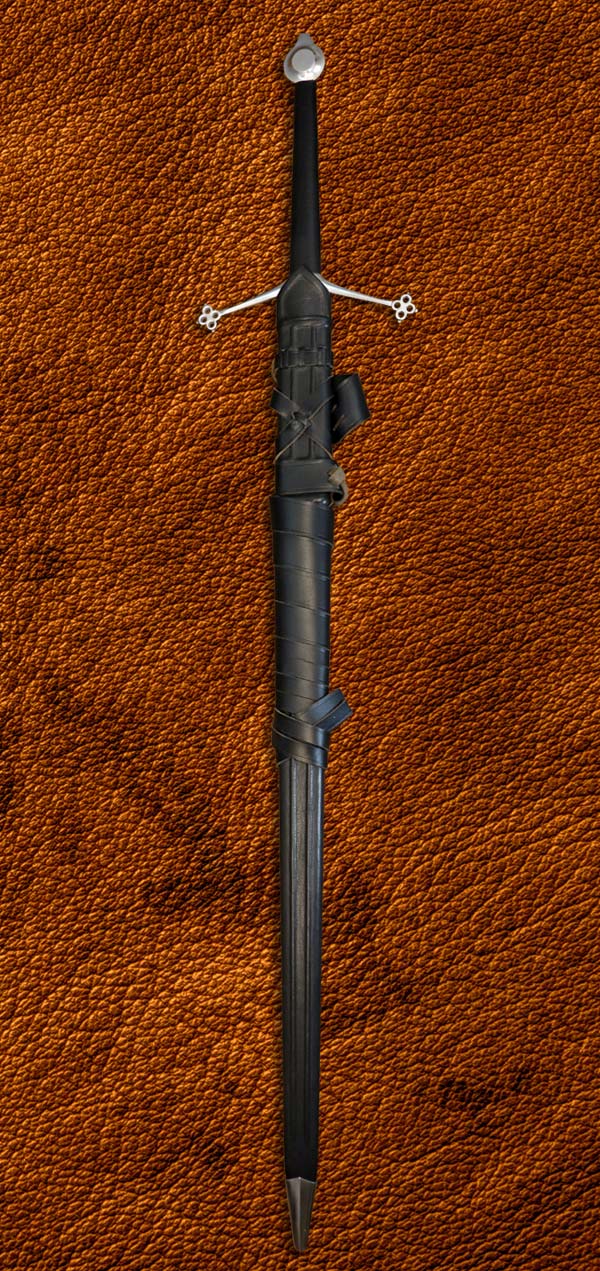
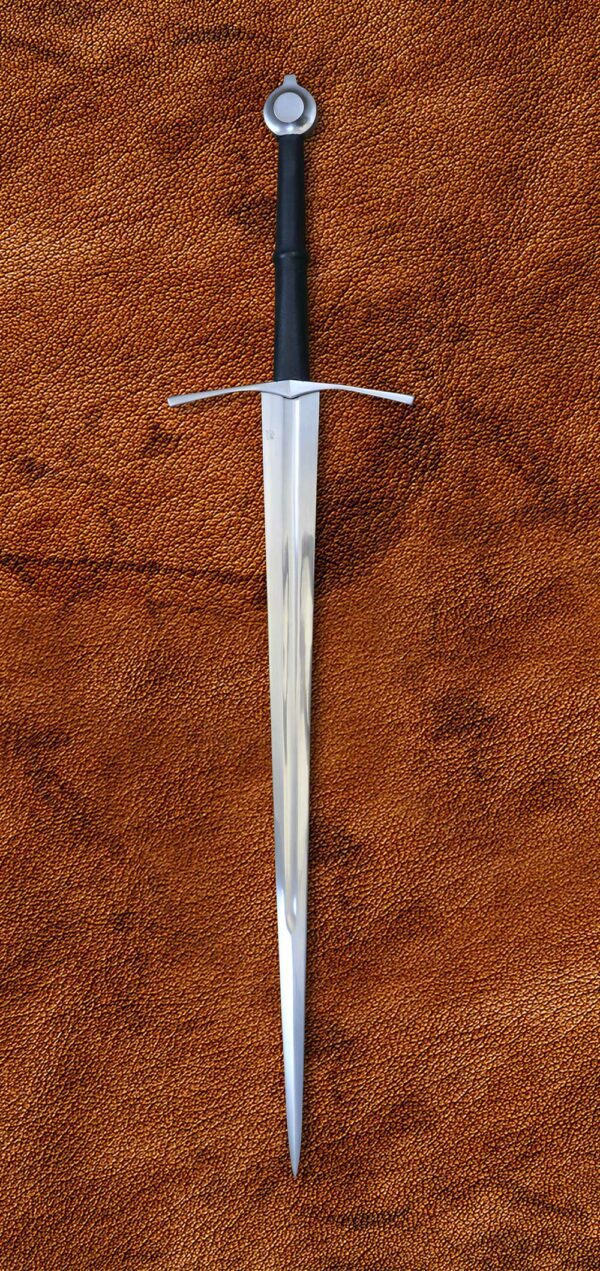
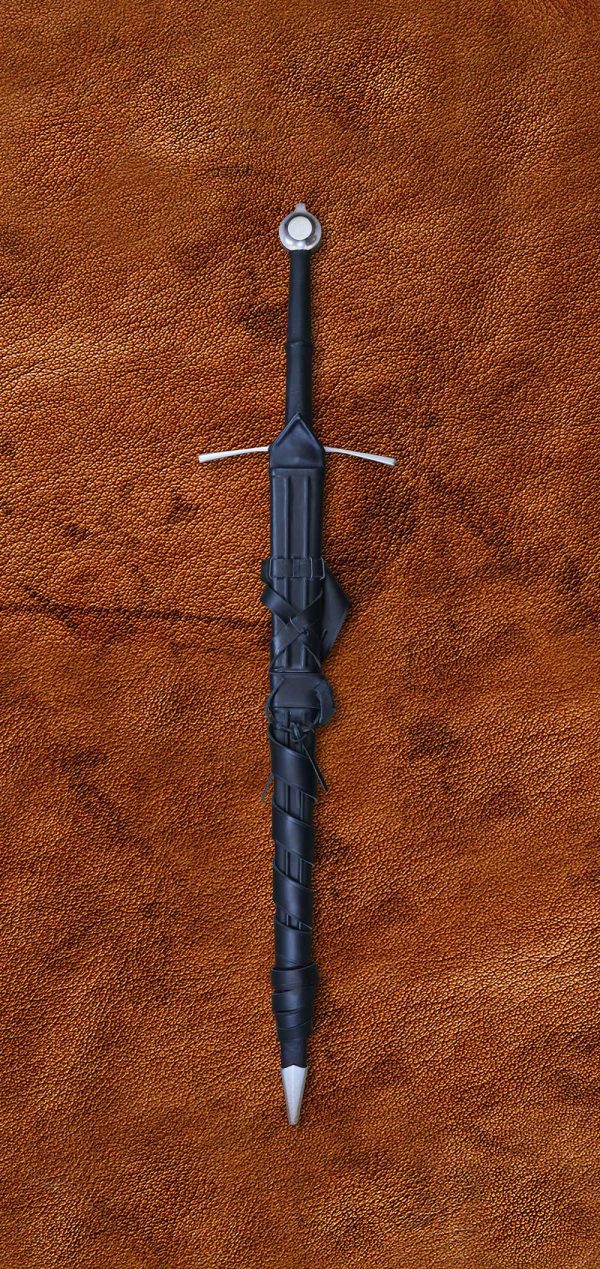
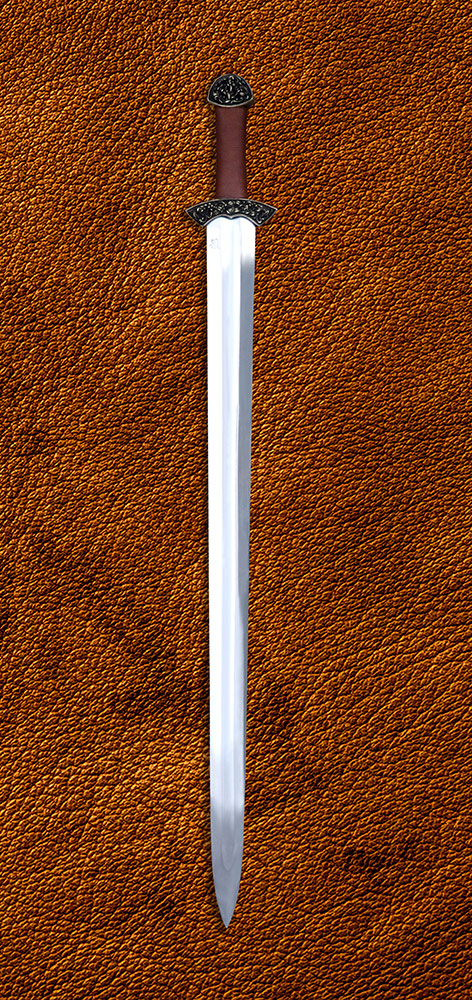
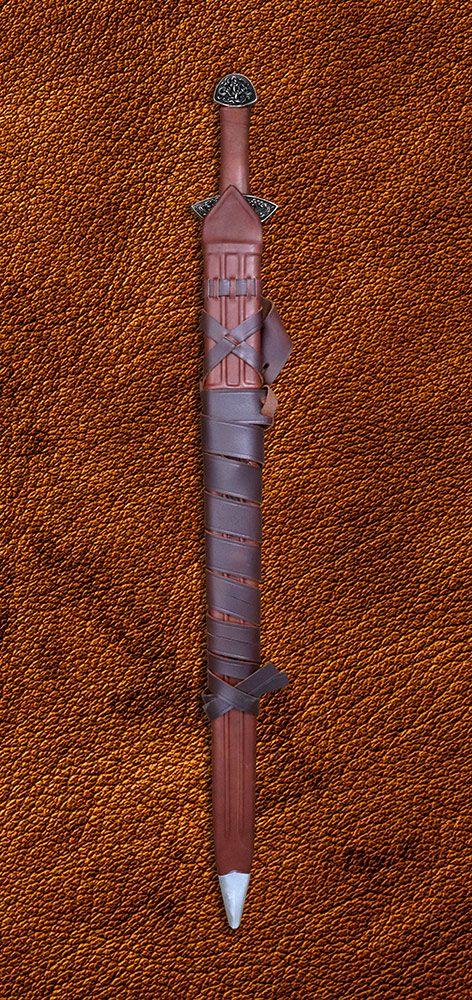
Warren Harvey –
Just received my sword. I had ordered it from Darksword last week so service was exceptionally fast and shipping was great, well protected and wrapped fully. This is a beautiful sword, meant as a present for my son BUT now having second thoughts and wondering about keeping for myself 🙂 and perhaps getting him another one from Darksword!
The pommel is beautiful, can’t believe how light the sword is, polished and sharpened wonderfully, handles beautifully, and again so light! The blade itself looks beautiful with a diamond cross section and great distal taper. Think it’s hollow grind as well. The grip fits nicely and when I first saw it, wasn’t sure how comfortable it would be, but it actually is very nice in the hands. I only got the basic scabbard but it’s nice, fits snuggly and is solidly made.
This my second Darksword product, the first being a Knightly Bastard sword that is tied for my favourite blade with an Albion longsword and now this one seems to be making it a three way tie (assuming I don’t give it to my son!).
And just a side note but they’re Canadian, I’m amazed that a forge of this quality is here in Canada and will continue to support them!
Michael Daoud –
This sword is an absolute joy to wield thanks to it’s balance and distal taper. The spine of the blade is well defined and the hollow ground is very well executed! The fit and finish is great, it comes with a mirror polish and the sharpness of the blade is very respectable. The only thing that I would prefer is a longer cross guard, keep the same design of cross guard but add 1 inch on each quillons.
Highly recommend this longsword.